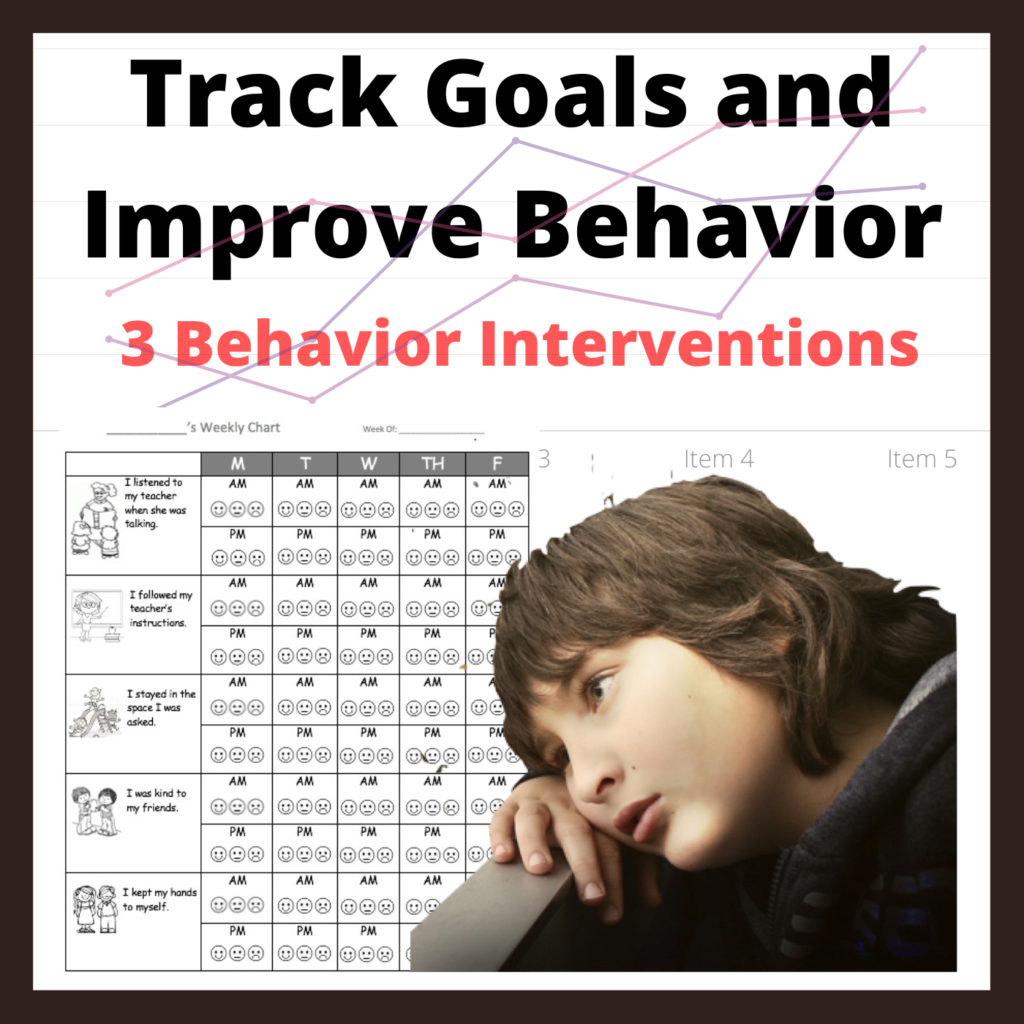We all know that it’s important to assess students. Assessment shouldn’t just come at the end of the unit or topic thought. Ongoing assessment, or formative assessment, should take place throughout the unit. Each day I like to do a quick and simple check-in on my specific objective for that day. I use the results to help me plan for the next day. If half the class didn’t understand today’s lesson then maybe it’s a topic or skill you need to repeat again tomorrow. Maybe you need to only reteach or help a few students in a small group who still are not grasping the concept. Quick assessments can be done in a variety of ways such as exit tickets, checklists or a homework assignment. However, the four quick ways to check for understanding below take very little preparation on your part as a teacher and very little materials.
1. Quick Write
This works by having students write 2 or 3 things down in their notebooks. I flash the answers up on the board and have them self grade. I always have mine grade in a colorful pen so I can see the correct answers from far away. Next, I move around the room very quickly and am able to glance at how many they got correct. Another suggestion is to have students raise their hand if they got all the answers correct (however, I’ve found that some students aren’t always truthful with this method)
2. Whiteboards
I give each table, or set of students, a whiteboard. I ask them a question and have them write their answer on the board. Then I count to 3 and everyone holds up their boards so that I can see. I have them wait until I count to 3 because otherwise students tend to look around at the answers other kids are holding up and just copy them.
Keep track of which students are answering most questions correctly and which ones are not by using a checklist. Print off a blank checklist with only your students names down the side. You can get my editable checklist here.
Next, write different topics, standards or units within each subject across the top. Simply add a check or minus as you walk around the room and view students working. No need to collect the work, you can already see who got it and who didn’t. For work you want to add to your official grade book, give it a mark and highlight it for later.
3. Thumbs Up, Thumbs Down
You can use this simple method to ask the whole class a question and visually see each individuals answer. For example, I might have one student come and write an answer on the board (or orally give an answer) then I ask the whole class to give a thumbs up if they agree or a thumbs down if they do not.
This method can be used in other ways too. Give students a multiple choice question and ask them to hold up 1, 2, or 3 fingers depending on which answer they are picking.
4. Exit Ticket
An exit slip is a wonderful tool to use in your classroom at the end of a lesson to help you quickly assess students’ understanding of a concept and plan the next steps accordingly. Create, or download from online, a few template exit slips that can be used with almost any subject. Keep a bunch of the slips printed and cut in your classroom to grab as needed.

Click on the button below to download my free exit ticket templates!
Other posts you might like:



